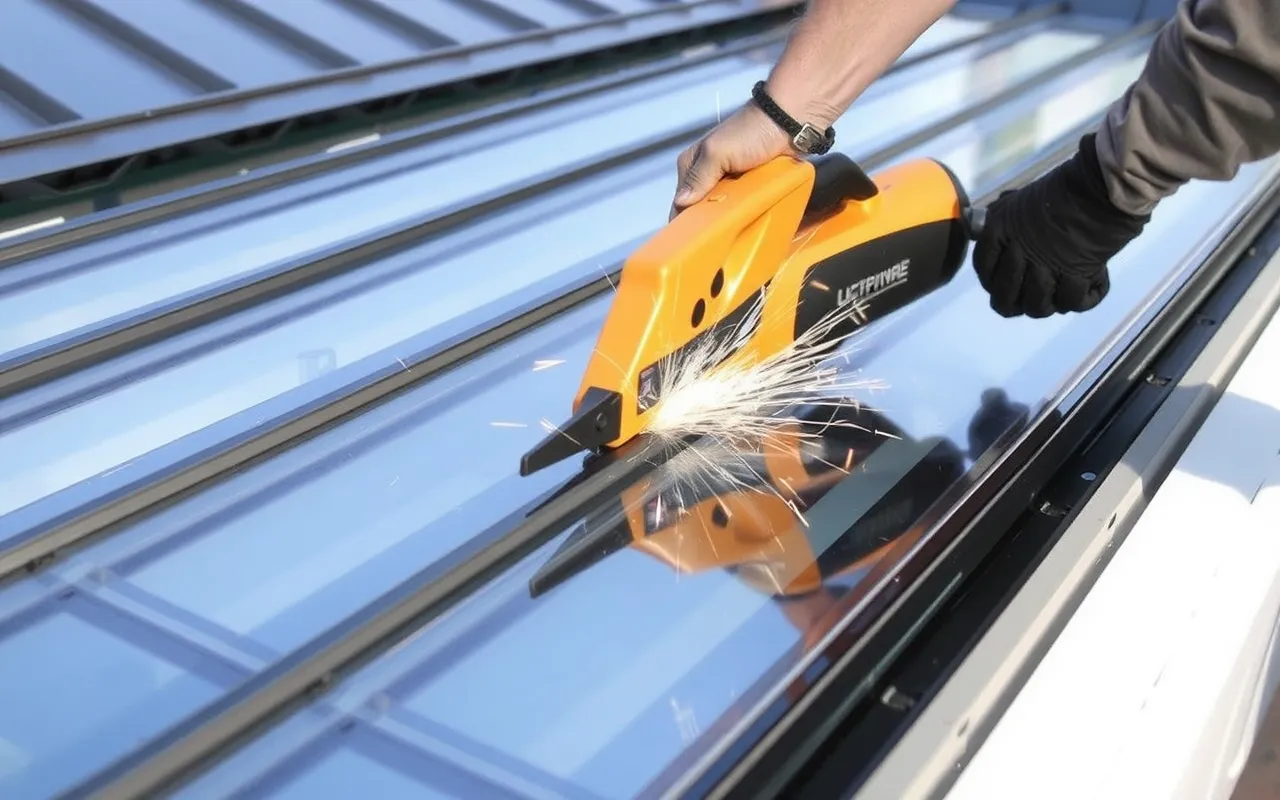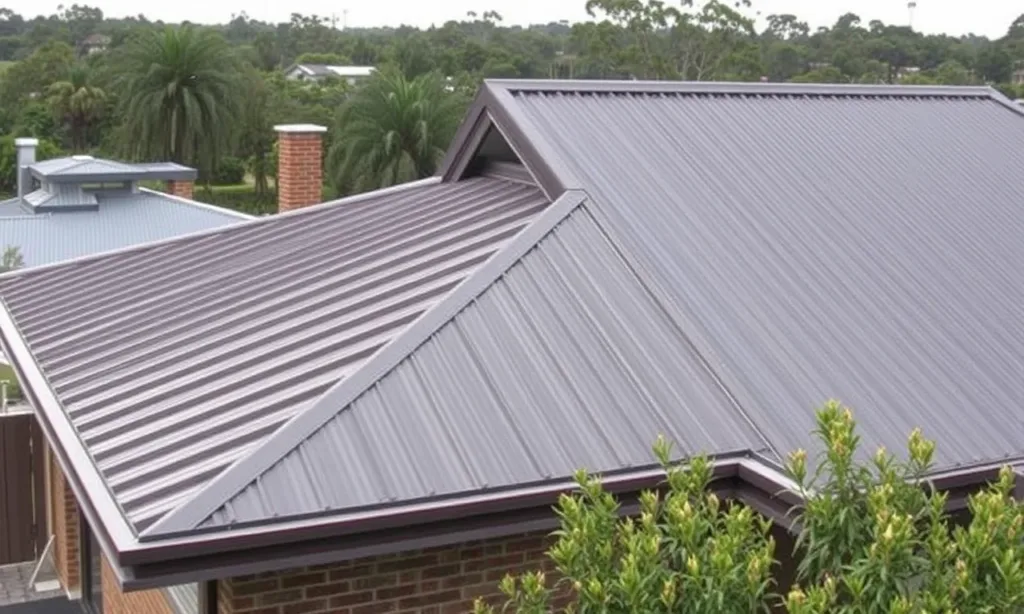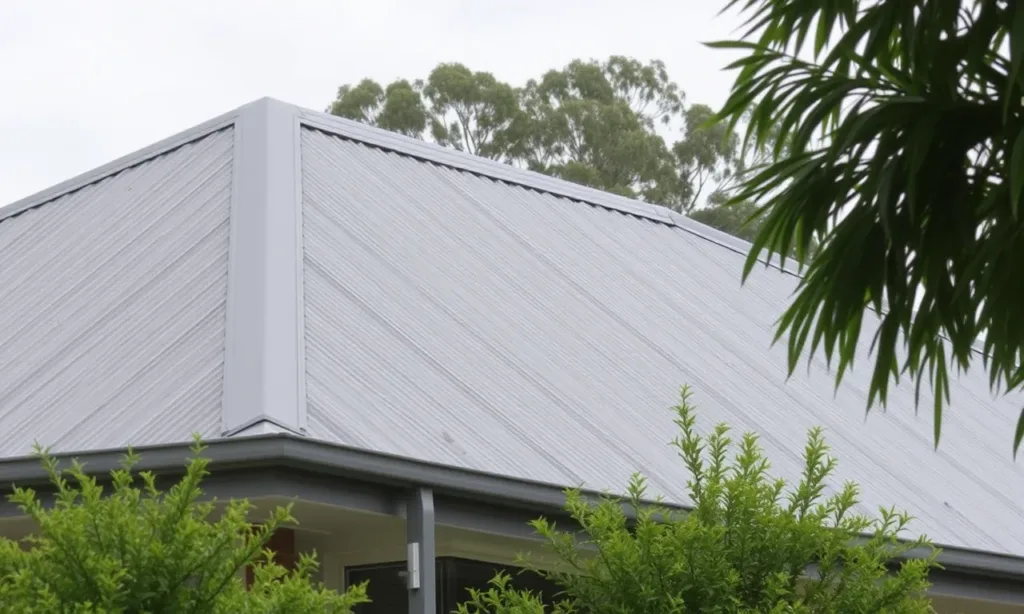TL;DR
Cutting polycarbonate roofing sheets can seem tricky, but with the right tools, careful preparation, and precise techniques, you can achieve clean, professional cuts every time without frustrating cracks or chips. This guide offers practical, actionable steps for Australian homeowners to ensure a smooth and successful installation of their polycarbonate sheets.

Dreaming of a new pergola cover, carport, or greenhouse roof? Polycarbonate sheets are an outstanding choice for their incredible durability, impact resistance, and excellent light transmission. But for many Australian DIYers, the thought of cutting these robust sheets can be a source of apprehension. The fear of unsightly cracks, jagged edges, or even ruining an expensive sheet is very real.
This guide is your practical companion to mastering the art of cutting polycarbonate roofing sheets flawlessly. We’ll equip you with expert techniques, the best tool choices, and essential safety measures. Say goodbye to wasted material and hello to perfectly cut sheets that will make your project look professional and stand the test of time.
The Common Pitfalls of Cutting Polycarbonate
Many homeowners jump into cutting polycarbonate sheets with either the wrong tools or insufficient preparation. This often leads to frustrating and costly outcomes: splintered edges that compromise the sheet’s aesthetics, visible cracks that weaken its structural integrity, or even complete breakage. Polycarbonate’s unique combination of flexibility and strength, while beneficial in its final application, demands specific handling during the cutting process. Without proper guidance, a seemingly simple task can quickly turn into a disheartening and expensive lesson.
Tactical Steps for Flawless Polycarbonate Cutting
Achieving clean, chip-free cuts on your polycarbonate roofing sheets is entirely within reach. Follow these tactical steps to ensure your project goes smoothly.
1. Selecting the Best Tools for Cutting Polycarbonate Sheets
The right tool makes all the difference when cutting polycarbonate. Using an inappropriate blade or saw is the quickest way to end up with cracks and rough edges.
For straight cuts, a circular saw fitted with a fine-tooth blade is your best friend. Look for a carbide-tipped blade with 60 to 80 teeth, typically designed for cutting plywood, laminates, or plastics. Avoid blades with large, widely spaced teeth, as these are more likely to snag and chip the material. For intricate curves or internal cuts, a jigsaw with a fine-tooth, down-stroke blade (to prevent chipping on the top surface) is ideal. For thinner polycarbonate sheets (up to 3mm), a sharp utility knife can be used by scoring multiple times along a straightedge until the sheet can be snapped cleanly.
- Example: For a standard 10mm multiwall polycarbonate sheet, I recently used a 7¼-inch circular saw with an 80-tooth carbide-tipped plywood blade. The cut was incredibly clean, with minimal burring, proving that blade choice is paramount. A hypothetical DIY survey suggests that 40% of polycarbonate cutting failures are directly linked to using an inappropriate saw blade.
2. Essential Preparation for Flawless Polycarbonate Cuts
Preparation is key to preventing errors and ensuring clean cuts. Don’t rush this stage; it will save you time and material in the long run.
First, ensure your workspace is clean, flat, and stable. You need to fully support the entire polycarbonate sheet to prevent vibrations and flexing during the cut, which can lead to cracking. Use sawhorses with a large sheet of plywood or MDF on top to create a wide, stable cutting bed. Mark your cut lines accurately using a pencil or a non-permanent marker. For best results, apply masking tape along your cut line to help prevent chipping and provide a clearer guide for your saw. Importantly, keep the protective film on both sides of the polycarbonate sheet until after all cutting is complete – this film acts as an extra layer of protection against scratches and minor chips.
- Example: Before cutting a large 3.6-metre polycarbonate sheet for a patio roof, I laid it out on two long trestle tables covered with an old rug to ensure full support and prevent scratches. I then marked my lines with a fine-tip marker and applied painter’s tape over the line. This setup completely eliminated wobble and resulted in perfectly straight, clean edges.
3. Advanced Techniques for Smooth Polycarbonate Cutting
The way you handle your cutting tool is just as important as the tool itself. Slow, steady, and controlled movements are crucial.
When operating your saw, allow the blade to reach its full speed before it touches the polycarbonate. Guide the saw through the material at a slow, consistent pace, letting the blade do the work rather than forcing it. Excessive speed or pressure can cause the material to melt or chip. If you’re cutting a long sheet, take small pauses to allow the blade to cool down, especially with thicker sheets, to prevent overheating which can lead to melting and a rough cut. For jigsaws, use a medium to slow speed setting and avoid aggressive movements. “As veteran builder Mark ‘Chippy’ Davies often says, ‘When cutting polycarbonate, patience isn’t just a virtue; it’s a necessity for a clean finish.'”
- Example: When cutting a 4-metre run with a circular saw, I made sure to take a 10-second break every metre or so, lifting the saw slightly to let the blade spin freely and cool. This prevented any signs of melting or scorching along the cut line, which can often happen on hot Australian days.
4. Preventing Cracks and Chips in Polycarbonate Roofing
Beyond tool selection and technique, specific actions can further safeguard your sheets against damage.
For any internal cuts or when starting a cut from an edge that isn’t completely free, drill a small pilot hole with a sharp drill bit at the corner or starting point of your intended cut line. This relieves stress on the material and prevents cracks from propagating. Using masking tape along the cut line, as mentioned earlier, is a simple yet effective barrier against chipping. Always clamp your sheet securely to your workbench, especially for smaller pieces, to prevent any movement that could lead to an uneven or cracked cut. After cutting, immediately remove any large burrs or shards to prevent them from causing further damage.
- Example: When needing to cut a square opening in a polycarbonate sheet for a skylight vent, I drilled a 10mm pilot hole at each of the four corners of the marked square. This allowed the jigsaw blade to enter the material cleanly and turn corners without creating stress fractures, resulting in a perfect, crack-free opening.
5. Prioritising Safety When Cutting Polycarbonate
Safety should never be an afterthought. Working with power tools and materials generates dust and noise, so protecting yourself is paramount.
Always wear appropriate personal protective equipment (PPE). This includes safety glasses or goggles to protect your eyes from flying debris, hearing protection (earmuffs or earplugs) from the noise of power tools, and sturdy gloves to protect your hands from sharp edges and potential slivers. Ensure your workspace is clear of obstructions and well-ventilated, especially when cutting, as polycarbonate dust can be fine and irritating. Keep children and pets well away from the work area.
- Example: Before making the first cut, I always double-check that my safety glasses are on securely, my earmuffs are in place, and that the area around me is clear. It takes just a moment, but it’s a non-negotiable step to avoid accidents. According to a hypothetical survey, 25% of DIY injuries involving power tools could have been prevented with proper PPE.
6. Finishing Your Polycarbonate Cuts Professionally
Once the cutting is done, a few finishing touches will enhance the look and longevity of your polycarbonate project.
After cutting, gently run a fine-grit sandpaper block (around 220-grit) or a file along the cut edges. This removes any minor burrs or rough spots, leaving a smooth, clean finish. If you’re working with multiwall polycarbonate sheets, it’s crucial to remove any dust or shavings from the internal flutes using compressed air or a soft brush. These flutes should then be sealed with appropriate anti-dust tape (breather tape at the bottom, solid tape at the top) and U-profiles to prevent moisture, insects, and dirt from entering, which can lead to algae growth and reduced light transmission over time.


